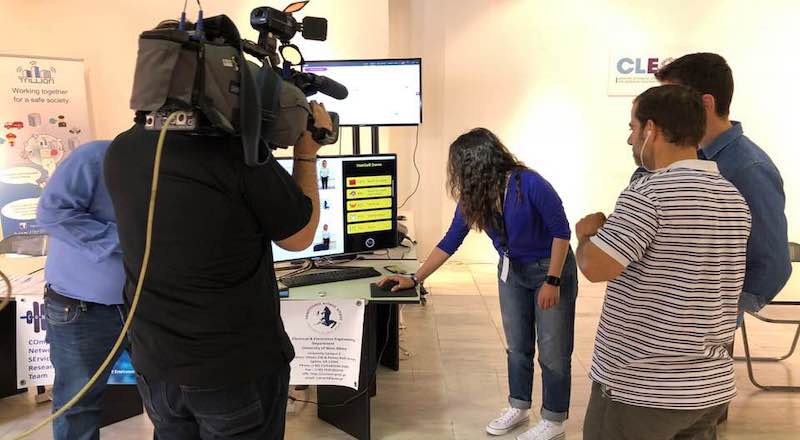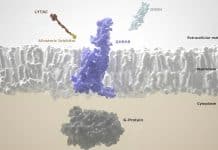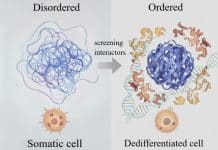 TRILLION proposes an open, flexible, secure and resilient socio-technical platform to foster effective collaboration of citizens and Law Enforcement Agents (LEAs).
TRILLION proposes an open, flexible, secure and resilient socio-technical platform to foster effective collaboration of citizens and Law Enforcement Agents (LEAs).
The TRILLION platform provides both LEAs and Citizens with interactive and efficient collaboration tools with which they can build a community policing environment to effectively fight against crime and create safer societies
Services for LEAs include the management of data and decision-making tools from the TRILLION Dashboard Control Room and the management of collaboration between officers and citizens in the street through the TRILLION LEAs mobile application.
Citizens can benefit from the facility to easily report incidents through a set of devices thanks to the different interfaces offered: TRILLION Citizens Mobile App, TRILLION Citizens Web App, and the wearable (smartwatch) app. However, the potential of the platform to be used in many situational scenarios does not stop here, as the project has successfully planed, executed and demonstrated the integration of clickers (TRILLION smart button), and also gesture based recognition (using smartwatches), for the creation and transmission of reports.
All the above have been demonstrated and evaluated in many pilots and demonstration events.
In particular, from April till July 2018, the TRILLION team organized 14 events at 8 locations for testing and validation of the TRILLION platform.
In the context of dissemination, the TRILLION’ team was happy to receive also input regarding future deployment and use of the platform, including scenarios that extend the use of the platform even beyond the planned scenarios.
The case of Victoria BID in London is characteristic, where in the context of investigating the possible use of the platform, information was collected and used to provide the Police with valuable intel leading to a successful covert operation in late July 2018.
Project Τitle:
“TRILLION – TRusted, cItizen – LEA colLaboratIon over sOcial Networks”
Project Duration: 1 September 2016 – 31 August 2018
Project URL: https://trillion-project.eng.it/
Project Framework & Funding:
EU Horizon 2020 – H2020-FCT-2014 / RIA – Research and Innovation action
Funding: 305.133,66 €
Scientific coordinator (UNIWA): Dr Charalampos Z. Patrikakis (Professor), Email: bpatr@uniwa.gr, Tel: +30-2105381534
Consortium – Partners:
- ENGINEERING – INGEGNERIA INFORMATICA SPA (ENG) (Coordinator)
- Technological Educational Institute of Piraeus (TEIP)
- ATOS SPAIN SA (ATOS)
- ETHNIKO KENTRO EREVNAS KAI TECHNOLOGIKIS ANAPTYXIS (CERTH)
- INOV INESC INOVACAO – INSTITUTO DE NOVAS TECNOLOGIAS (INOV)
- MITTUNIVERSITETET (MiUN),
- UNIVERSITY OF GREENWICH (UoG),
- XLAB RAZVOJ PROGRAMSKE OPREME IN SVETOVANJE DOO (XLAB )
- STICHTING DUTCH INSTITUTE FOR TECHNOLOGY, SAFETY & SECURITY (DITSS)
- ROYAL UNITED SERVICES INSTITUTE FOR DEFENCE AND SECURITY STUDIES RUSI)
- CITTA DI LECCE*COMUNE DI LECCE (ML),
- Ministério da Justiça (PJ)
Research Publications / Results / Patents (up to 3)
- P. Kasnesis, C. Patrikakis, and I. Venieris, “PerceptionNet: A Deep Convolutional Neural Network for Late Sensor Fusion: Proceedings of the 2018 Intelligent Systems Conference (IntelliSys) Volume 1,” in. Jan. 2019, pp. 101–119, isbn: 978-3-030-01053-9. doi: 10.1007/978-3-030-01054-6_7.
- C. Charitou, D. G. Kogias, S. E. Polykalas, C. Z. Patrikakis, and I. C. Cotoi, “Use of Apps for Crime Reporting and the EU General Data Protection Regulation,” in Societal Implications of Community-Oriented Policing and Technology, G. Leventakis and M. R. Haberfeld, Eds. Cham: Springer International Publishing, 2018, pp. 55–61, isbn: 978-3-319-89297-9. doi:10.1007/978-3-319-89297-9_7.
- C. Chatzigeorgiou, L. Toumanidis, D. Kogias, C. Patrikakis, and E. Jacksch, “A communication gateway architecture for ensuring privacy and confidentiality in incident reporting,” in 2017 IEEE 15th International Conference on Software Engineering Research, Management and Applications (SERA), IEEE, 2017, 407–411. doi: 10.1109/SERA.2017.7965759.












